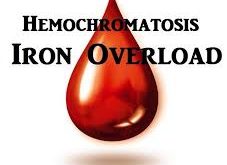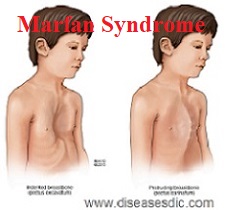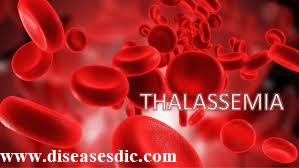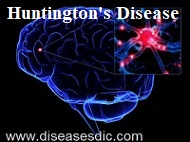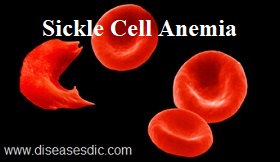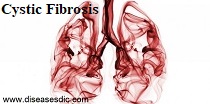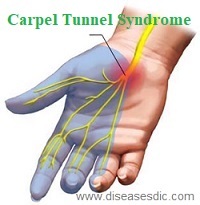Introduction Apallic syndrome (AS) also called Unresponsive Wakefulness Syndrome (UWS) and Persistant Vegetative State. It is a result of a traumatic brain injury such as diffuse, bilateral cerebral cortical degeneration and anoxia, or encephalitis which causes the brain to halt the ability to create thoughts, experience sensation, and remember past …
Read More »Hemochromatosis – Causes, Risk Factors and Medications.
Definition Hemochromatosis is an iron disorder in which the body simply loads too much iron. This action is genetic and the excess iron, if left untreated, can damage joints, organs, and eventually be fatal. Types of hemochromatosis Hereditary hemochromatosis isn’t the only type of hemochromatosis. Other types include: Juvenile …
Read More »Marfan Syndrome – Causes, Risk Factors, and Treatment.
Definition Marfan syndrome is a genetic disorder that affects the body’s connective tissue. Connective tissue holds all the body’s cells, organs and tissue together. It also plays an important role in helping the body grow and develop properly. Normal and marfan syndrome Connective tissue is made up of proteins. …
Read More »Thalassemia – History, complications and prevention.
Definition Thalassemia is an inherited blood disorder in which the body makes an abnormal form of hemoglobin. Hemoglobin is the protein molecule in red blood cells that carries oxygen. The disorder results in excessive destruction of red blood cells, which leads to anemia. Anemia is a condition in which your …
Read More »Huntington’s Disease – Diagnosis, complications and treatment.
Definition Huntington’s disease (HD) is a fatal genetic disorder that causes the progressive breakdown of nerve cells in the brain. It deteriorates a person’s physical and mental abilities during their prime working years and has no cure. HD is known as the quintessential family disease because every child of a …
Read More »Sickle cell anemia – Causes, Symptoms, and Treatments.
Definition Sickle cell anemia, or sickle cell disease (SCD), is a genetic disease of the red blood cells (RBCs). Normally, RBCs are shaped like discs, which give them the flexibility to travel through even the smallest blood vessels. However, with this disease, the RBCs have an abnormal crescent shape resembling …
Read More »Cystic Fibrosis – Causes, Diagnosis and Treatment.
Definition Cystic fibrosis is a life-threatening hereditary disease that causes the body to produce thick and sticky mucus that can clog the lungs and obstruct the pancreas. Over time, mucus builds up inside your airways. This makes breathing a struggle. The mucus traps germs and leads to infections. It can …
Read More »Carpel tunnel syndrome – Causes, Risk Factors, and Prevention
Definition Carpal tunnel syndrome (CTS) is a disorder that causes pain and weakness in the hand and wrist. CTS develop from problems in a nerve in the wrist not the muscles, as some people believe. The symptoms of CTS can range from mild to incapacitating. The Carpal Tunnel: The carpal …
Read More » Diseases Treatments Dictionary This is complete solution to read all diseases treatments Which covers Prevention, Causes, Symptoms, Medical Terms, Drugs, Prescription, Natural Remedies with cures and Treatments. Most of the common diseases were listed in names, split with categories.
Diseases Treatments Dictionary This is complete solution to read all diseases treatments Which covers Prevention, Causes, Symptoms, Medical Terms, Drugs, Prescription, Natural Remedies with cures and Treatments. Most of the common diseases were listed in names, split with categories.

